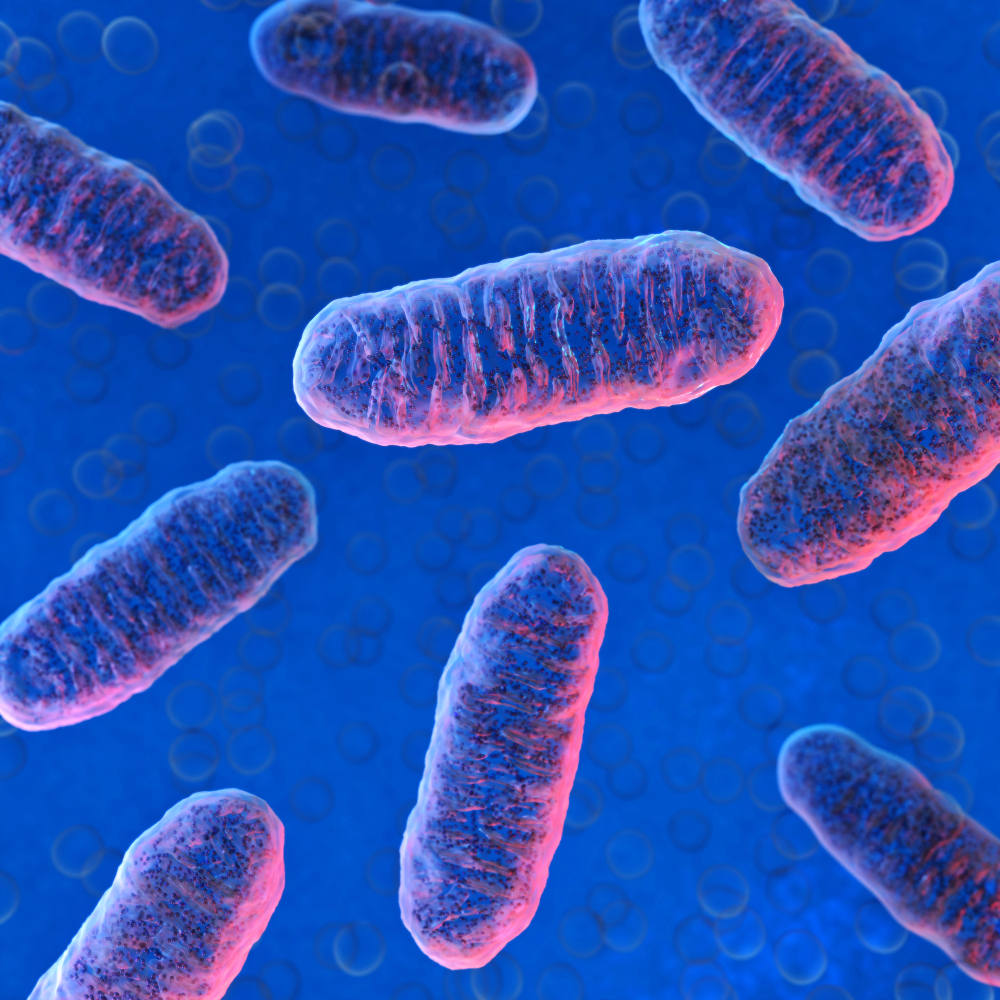Kidney Disorder Therapy May Be Effective in Mitochondrial Disease, Study Suggests

Treatment with cysteamine bitartrate, already used in patients with a rare kidney disorder, could be effective in people with mitochondrial disease, according to preclinical results.
The study, “Pre-clinical evaluation of cysteamine bitartrate as a therapeutic agent for mitochondrial respiratory chain disease,” was published in the journal Human Molecular Genetics.
Mitochondria are responsible for the production of energy via a series of chemical reactions called the respiratory chain (RC). These cellular structures have their own DNA, independent from that found in the cell nucleus.
Mitochondrial diseases are complex, can affect multiple organs and systems, and lead to numerous symptoms in each patient. Oxidative stress plays a key role in mitochondrial disease, as an imbalance between the production and clearance of reactive oxygen species disrupts components of the mitochondrial RC.
The team at Children’s Hospital of Philadelphia (CHOP) had found that the antioxidants vitamin E and N-acetylcysteine (NAC) prolonged survival and protected against brain damage in animal models of mitochondrial disease.
As the scientists believed that cysteamine bitartrate, approved in the U.S. to treat a kidney disorder called nephropathic cystinosis, acts via similar biological pathways to NAC, they tested whether it could increase the production of glutathione, an antioxidant that scavenges free radicals and prolongs cell viability.
Marni J. Falk, MD, the study’s senior author, said in a press release that to the team’s surprise, cysteamine bitartrate did not increase glutathione levels, yet it had beneficial effects in Leigh syndrome patient-derived fibroblasts — key cells in the organs’ structural framework — as well as in worm and zebrafish models of mitochondrial RC dysfunction.
In zebrafish, the investigational therapy prevented brain death and neuromuscular defects triggered by mitochondrial RC dysfunction. Milder benefits were seen in worms, including improvements in mitochondrial function and reproductive capacity, as well as less oxidative stress.
The experiments in fibroblasts from mitochondrial disease patients showed that cysteamine bitartrate improved the cells’ survival when exposed to chemical stressors.
However, the findings also revealed a narrow therapeutic window, as higher doses of cysteamine bitartrate led to marked production of hydrogen peroxide, a key contributor of oxidative stress.
“This implies that dosages would need to be very carefully controlled if cysteamine bitartrate eventually were to become a precision medicine treatment option for mitochondrial disease patients,” Falk said.
At the molecular level, cysteamine bitartrate increased the levels and flux of aspartate — an amino acid, the building blocks of proteins. The experimental treatment also normalized gene expression in pathways involved in metabolism, cell defense, and immune function, with greater effects in human cells than in worms.
“Overall, these data suggest cysteamine bitartrate may hold therapeutic potential in RC disease,” the researchers stated.
“Identifying the right kinds of antioxidant treatments at the proper dosage may be neuroprotective, potentially preventing metabolic strokes that often occur when mitochondrial disease patients are stressed by an infection or other risk factors,” Falk said.
These findings add to the evidence supporting the potential of antioxidants in patients with RC dysfunction. As such, better trials of antioxidant therapies are needed “to evaluate oxidant levels and antioxidant enzyme activities, as well as mitochondrial function and clinical outcomes,” Falk said.
Falk also noted that diagnostic tests and assessments of outcome measures to improve clinical research in this disease are underway at CHOP’s Mitochondrial Medicine Frontier Program. Ultimately, better trials and more knowledge of disease processes “will enable a precision mitochondrial medicine approach” in each patient using antioxidants, Falk said.






